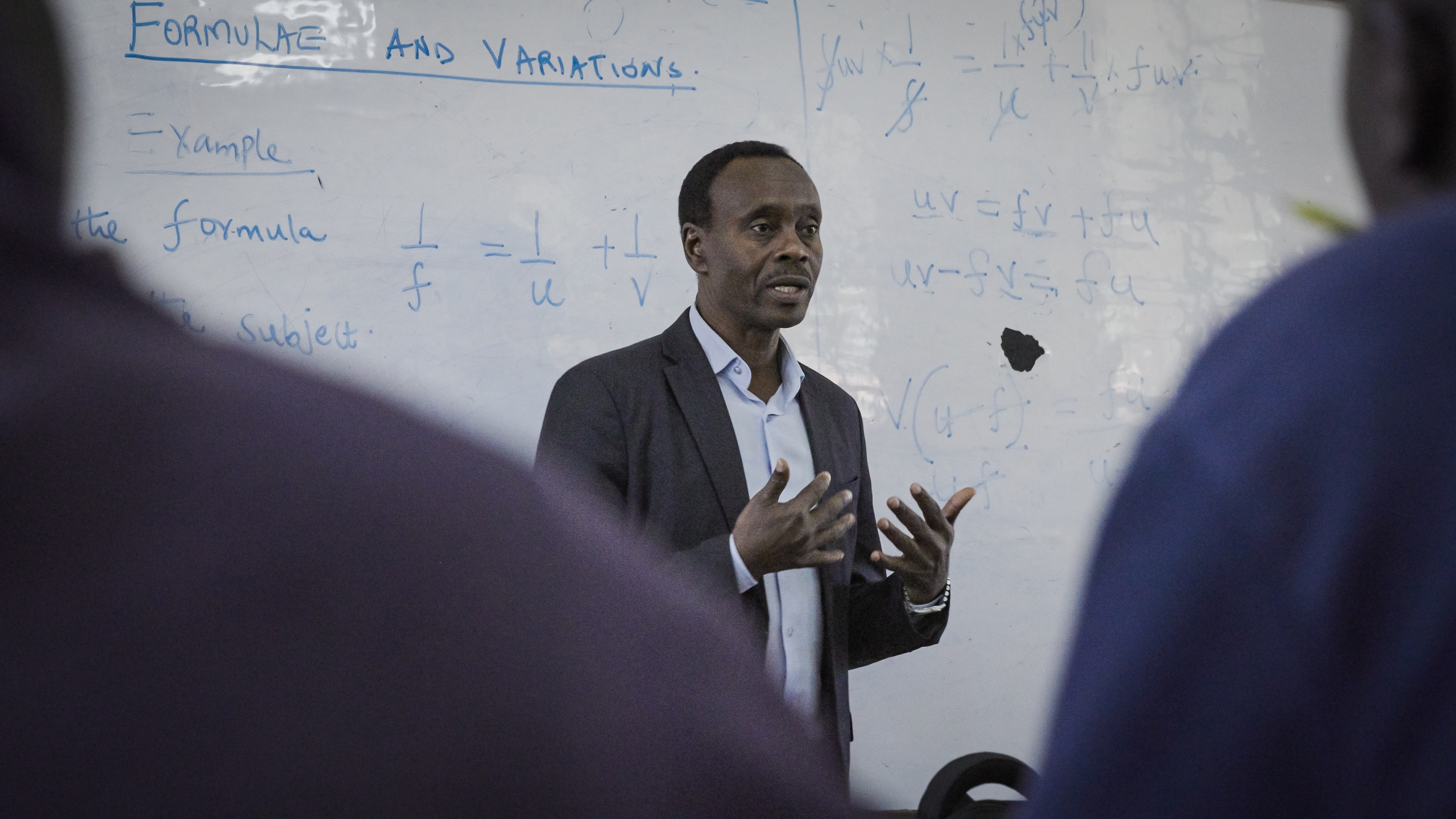Shelton Nyakundi, an 18-year-old student at the Menengai boarding school in Nakuru, Kenya, believes one simple thing could make the difference between the academic success and failure of many pupils: light.
Nyakundi’s school switches off the lights at 10 p.m. to save electricity, depriving students of valuable studying time. “Right now, lack of light is a limiting factor, both in the evenings and in the mornings,” says Nyakundi.
The UNEP Copenhagen Climate Centre is supporting a pilot project aiming to brighten the future of Nyakundi and his classmates. The effort is outfitting 100 Kenyan boarding schools with low-cost, energy-efficient light-emitting-diodes or LED lighting, saving money and keeping lights on longer.
Read more about the energy efficiency project in Kenyan schools here.

The project is a collaboration with Sustainable Energy for All and Kenya’s Ministry of Education. It is part of a larger effort by Kenya to improve energy efficiency and expand access to affordable renewable power as outlined in the country’s ambitious Energy Efficiency and Conservation Strategy, developed with technical guidance from UNEP Copenhagen Climate Centre.
“Energy efficiency is one of the fastest and most cost-effective ways to improve living standards and counter climate change globally and it does not require fundamental changes to existing energy systems,” says John Christensen, Director of the UNEP Copenhagen Climate Centre.

Lighting is responsible for about half of electricity consumption in Kenya’s schools, largely due to a reliance on older inefficient incandescent bulbs and fluorescent lighting.
In Kenyan schools, LEDs are freeing up resources that can be reinvested in other needs, such as schoolbooks, sports equipment, and teacher training.
At the Menegai High School, the principal, John Ngunyi, said the switch to LEDs, which began in September, will benefit more than 2500 students.
“The LED system will increase the amount of time that the students have for studying and the amount of time that they can have the lights on,” he says, pointing out that it is not just the students who will benefit from the new lighting system: “[In the past] we limited the lights for the cooks and the watchmen, telling them not to put the lights on until a certain time.” Once the new LED lights are installed, Ngunyi says he won’t worry about the school’s month-end electricity bill.
The LED lighting pilot project will be completed by the end of 2024 and will see more than 10,000 traditional fluorescent lamps replaced. That is expected to result in savings of more than US$213,000 a year across the 100 schools, a 24 per cent reduction in their current power bills. It will save power equivalent to the release of 460,000kg of carbon dioxide annually.
“This is a win-win for schools,” says Christensen. “And it highlights the huge impact something relatively simple to implement can have on the lives of students.”



